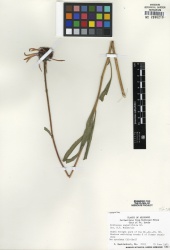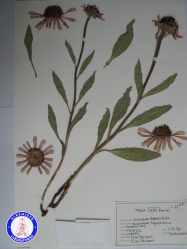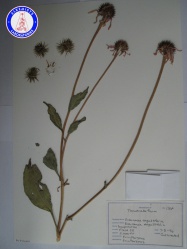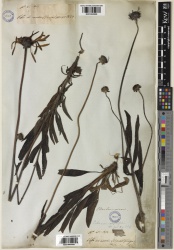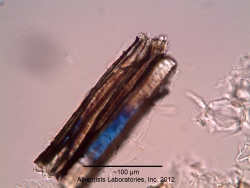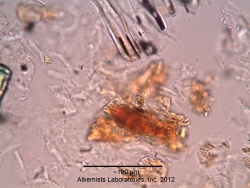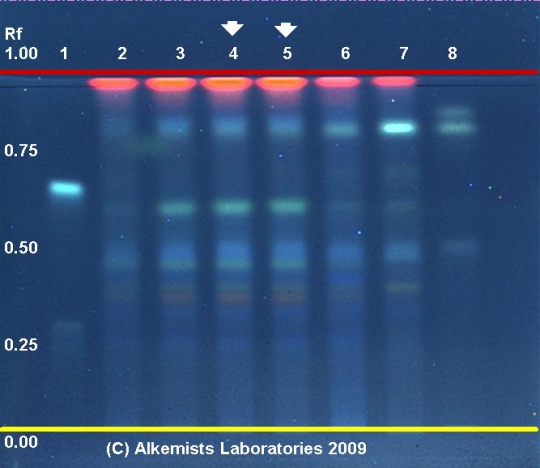Echinacea angustifolia (root)
(add askbox) |
(Botanical Voucher Kew added) |
||
| Line 13: | Line 13: | ||
=Botanical Voucher Specimen= | =Botanical Voucher Specimen= | ||
| − | {{ | + | {{Media4 | cat=Voucher |
| source=MOBOT, Tropicos.org | | source=MOBOT, Tropicos.org | ||
| Line 30: | Line 30: | ||
| image3= Echinacea angustifolia (2) DG3502NSF A0102.jpg | | image3= Echinacea angustifolia (2) DG3502NSF A0102.jpg | ||
| source3= Botanical Voucher Specimen Library, Alkemists Laboratories | | source3= Botanical Voucher Specimen Library, Alkemists Laboratories | ||
| + | |||
| + | |||
| + | | companyimage4=Kewlogo.gif | ||
| + | | companyURL4=http://specimens.kew.org/herbarium/K001065959 | ||
| + | | image4=Echinacea_angustifolia_Kew_imageBarcode=K001065959_669580.jpg | ||
| + | | source4=Royal Botanic Gardens, Kew. | ||
| }} | | }} | ||
Revision as of 00:01, 19 August 2014
Contents |
Nomenclature
Echinacea angustifolia DC. Asteraceae
Standardized common name (English): Echinacea angustifolia
Botanical Voucher Specimen
 |
 |
 |
|
|
|
|
|
|
Organoleptic Characteristics
|
Macroscopic Characteristics
|
Microscopic Characteristics
|
High Performance Thin Layer Chromatographic Identification
|
Narrow-leaf Echinacea (root) (Echinacea angustifolia) Lane Assignments Lanes, from left to right (Track, Volume, Sample):
Reference materials used here have been authenticated by macroscopic, microscopic &/or TLC studies according to the reference source cited below held at Alkemists Laboratories, Costa Mesa, CA. Stationary Phase Silica gel 60, F254, 10 x 10 cm HPTLC plates Mobile Phase ethyl acetate: MEK methylethyl ketone: HCOOH: H2O [5/3/1/1] Sample Preparation Method 0.3 g + 3 ml CH3OH sonicate 10 min NO HEAT Detection Method Natural Product Reagent + PEG -> UV 365 nm Reference see American Herbal Pharmacopoeia & Therapeutic Compendium
|
Supplementary Information
Sources
- ↑ MOBOT, Tropicos.org http://www.tropicos.org/Image/89103
- ↑ Botanical Voucher Specimen Library, Alkemists Laboratories http://www.alkemist.com
- ↑ Botanical Voucher Specimen Library, Alkemists Laboratories http://www.alkemist.com
- ↑ Royal Botanic Gardens, Kew. http://specimens.kew.org/herbarium/K001065959
- ↑ United States Dispensatory (1918)
- ↑ United States Dispensatory (1918)
- ↑ United States Dispensatory (1918)
- ↑ Elan M. Sudberg, Alkemist Laboratories http://www.alkemist.com
- ↑ Elan M. Sudberg, Alkemist Laboratories http://www.alkemist.com
- ↑ Elan M. Sudberg, Alkemist Laboratories http://www.alkemist.com
